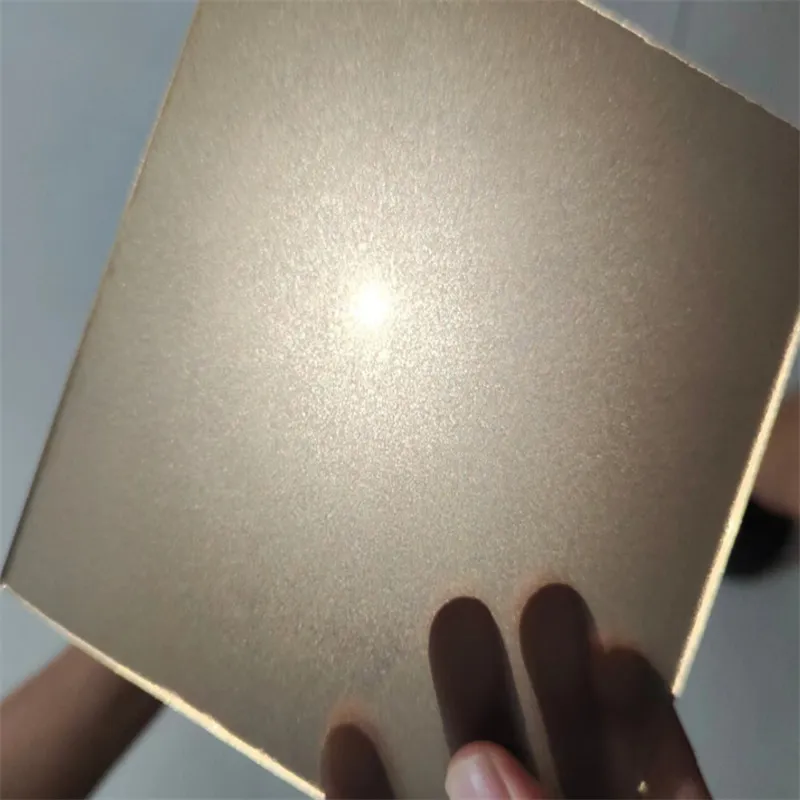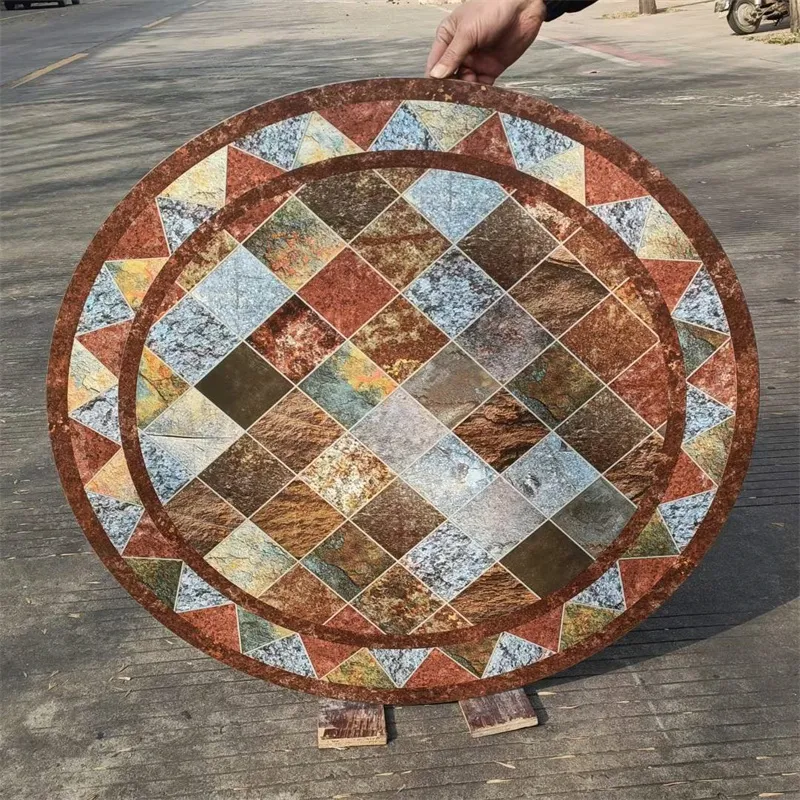Nov . 27, 2024 01:20 Back to list
Exploring Float Glass Production in Tin Bath Technologies and Innovations
Understanding the Float Glass Tin Bath Process
The float glass process is a revolutionary technique that has transformed the production of glass over the past few decades. Central to this method is the tin bath, a crucial component that facilitates the creation of perfectly flat glass sheets. This article will delve into the intricacies of the float glass tin bath, its operation, and its significance in modern glass manufacturing.
The Float Glass Process
The float glass process was developed in the 1950s by Sir Alastair Pilkington and has since become the dominant method for creating high-quality flat glass. The name derives from the process of floating molten glass on a bed of molten tin, which allows the glass to spread uniformly into a flat sheet. The end product is free from distortions and surface imperfections, making it ideal for a wide range of applications, including windows, mirrors, and screens.
The Role of the Tin Bath
At the heart of this process is the tin bath, which operates at high temperatures, typically around 1,100 degrees Celsius (2,012 degrees Fahrenheit). The bath is filled with molten tin, which is denser than glass. When molten glass is poured onto the surface of the tin, it spreads and levels out due to gravity. This unique characteristic of the tin enables the glass to achieve a smooth finish as it cools down and solidifies.
The tin bath is not just a passive container. It plays several vital roles in ensuring the quality of the glass. First, the tin provides a chemically stable environment that minimizes reactions between the glass and the bath materials. This stability is critical for producing high-quality glass with consistent optical properties. Second, the high density of tin prevents the glass from adhering to the surface, allowing for easy extraction once the glass has cooled to a manageable temperature.
float glass tin bath

Energy Efficiency and Innovations
One of the key advantages of the float glass tin bath system is its energy efficiency. The continuous nature of the process allows for a consistent flow of materials, reducing the energy costs associated with heating. Additionally, modern advancements in technology have led to the development of systems that further enhance energy efficiency, such as recuperative heating and better insulation techniques.
Innovations in the float glass industry also focus on improving the tin bath’s operation. For instance, the introduction of controlled atmospheres within the bath helps in minimizing the oxidation of tin, which can affect the quality of the glass produced. Advanced monitoring and control systems ensure that the temperature and composition of both the glass and tin remain optimal throughout the process.
Environmental Considerations
As sustainability becomes a critical focus in manufacturing, the float glass tin bath process is under scrutiny for its environmental impact. The high temperatures required for melting glass and tin consume significant amounts of energy. However, many manufacturers are now investing in renewable energy sources and carbon capture technologies to mitigate their ecological footprint. Efforts to recycle glass cullet (scrap glass) into the production process also help reduce raw material consumption and energy usage.
Conclusion
The float glass tin bath process stands as a testament to the ingenuity of modern manufacturing. By leveraging the unique properties of molten tin, this method not only produces high-quality glass but also prioritizes efficiency and innovation. As the industry continues to evolve, the focus on sustainability will likely shape the future of float glass production, ensuring it meets the demands of both consumers and the environment. In essence, the tin bath is not just a crucial component of glass-making; it is central to the ongoing quest for perfection in flat glass manufacturing.
-
Safety and Style with Premium Laminated Glass Solutions
NewsJun.24,2025
-
Reinvents Security with Premium Wired Glass
NewsJun.24,2025
-
Premium Float Glass Line for Modern Architecture
NewsJun.24,2025
-
Low Emissivity Glass for Energy-Efficient Architecture
NewsJun.24,2025
-
High-Performance Insulated Glass Solutions for Modern Architecture
NewsJun.24,2025
-
Elevates Interior Style with Premium Silver Mirror
NewsJun.24,2025
Related PRODUCTS














